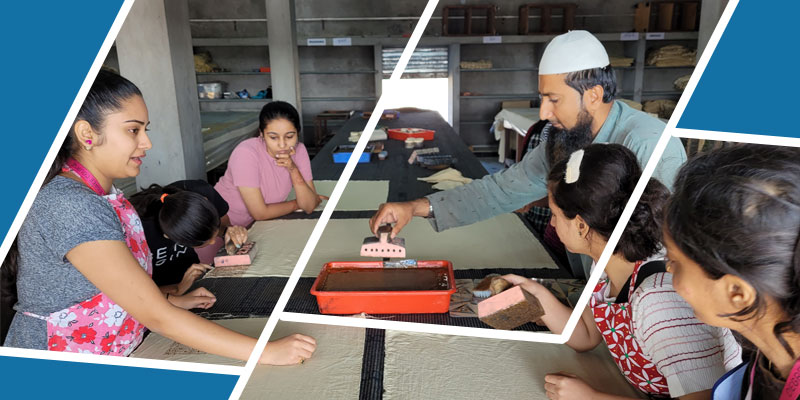The Vital Role of Creativity in Design Studies: A Guide for Students in 2023
2023-01-30Design is an ever-evolving field that requires constant innovation, critical thinking, and problem-solving skills. Creativity is a key component of design thinking, and plays a crucial role in the design process.
In this article, we will explore the importance of creativity in design studies and the ways in which design schools can foster it in students.
Understanding Creativity in Design Studies
Creativity is an integral part of the design process, allowing designers to approach challenges and obstacles with an open mind, find unique solutions, and push the boundaries of what is possible.
Creativity in design involves not only imagination, but also critical thinking, problem-solving, and the ability to see beyond the surface level of a problem.
By incorporating creativity into their design thinking, students can develop a more robust design approach and be better prepared to tackle the challenges they will face in their careers.
Developing Creativity in Design Studies
Design schools play a crucial role in fostering creativity in students. One effective way to do this is by encouraging students to think outside the box and experiment with new ideas.
A supportive and collaborative learning environment can help foster creativity, as students can learn from each other, share their thoughts, and build on each other's ideas.
Hands-on experience and experimentation can also help students develop their creative skills, as they can apply what they've learned in the classroom to real-world design projects.
Additionally, emphasizing the value of failure in the creative process can help students develop resilience and a growth mindset, and encourage them to take risks and try new things.
Benefits of a Creative Approach to Design Studies
A creative approach to design studies can provide numerous benefits to students. By incorporating creativity into their design thinking, students can enhance their critical thinking and problem-solving skills, as they are encouraged to approach problems from new angles and consider unique solutions.
This approach can also lead to more innovative and creative design solutions, as students are encouraged to think beyond conventional approaches.
Additionally, a creative approach to design studies can prepare students for a dynamic and evolving design industry, as they will have developed the skills needed to adapt to new challenges and opportunities.
Finally, a creative approach can build confidence and self-expression in design students, as they are encouraged to embrace their individuality and bring their own perspectives and ideas to their work.
Integrating Creativity into Design Curriculum
Design schools can integrate creativity into their curriculum in a number of ways. Incorporating design thinking and creativity into coursework can help students understand the importance of creativity in the design process and how it can be applied to real-world problems.
Encouraging interdisciplinary collaboration in design projects can also foster creativity, as students are exposed to new ideas and perspectives from other fields. Providing opportunities for real-world design experience can also help students apply their creative skills and see the impact of their work in the wider world.
Finally, incorporating creativity and design thinking into business and entrepreneurship coursework can help students understand the importance of creativity in creating successful and innovative businesses.
Conclusion
In conclusion, creativity is a crucial component of design thinking and plays a key role in the design process.
By fostering creativity in students, design schools can help prepare them for a dynamic and evolving design industry, enhance their critical thinking and problem-solving skills, and encourage innovation and creativity in their design solutions.
By incorporating creativity into the design curriculum, design schools can help shape the future of design education and practice and ensure that students are well-prepared for the challenges and opportunities that lie ahead.
FAQ
Q: What is the role of creativity in design studies?
A: Creativity is a key component of design thinking and plays acrucial role in the design process by allowing designers to approach challenges and obstacles with an open mind, find unique solutions, and push the boundaries of what is possible.
Q: How can design schools foster creativity in students?
A: Design schools can foster creativity in students by encouraging them to think outside the box, providing a supportive and collaborative learning environment, offering hands-on experience and experimentation, emphasizing the value of failure in the creative process, and integrating creativity into the curriculum.
Q: What are the benefits of a creative approach to design studies?
A: The benefits of a creative approach to design studies include enhanced critical thinking and problem-solving skills, innovative and creative design solutions, preparation for a dynamic and evolving design industry, and building confidence and self-expression in design students.
Q: How can creativity be integrated into the design curriculum?
A: Creativity can be integrated into the design curriculum by incorporating design thinking and creativity into coursework, encouraging interdisciplinary collaboration, providing real-world design experience, and incorporating creativity and design thinking into business and entrepreneurship coursework.




